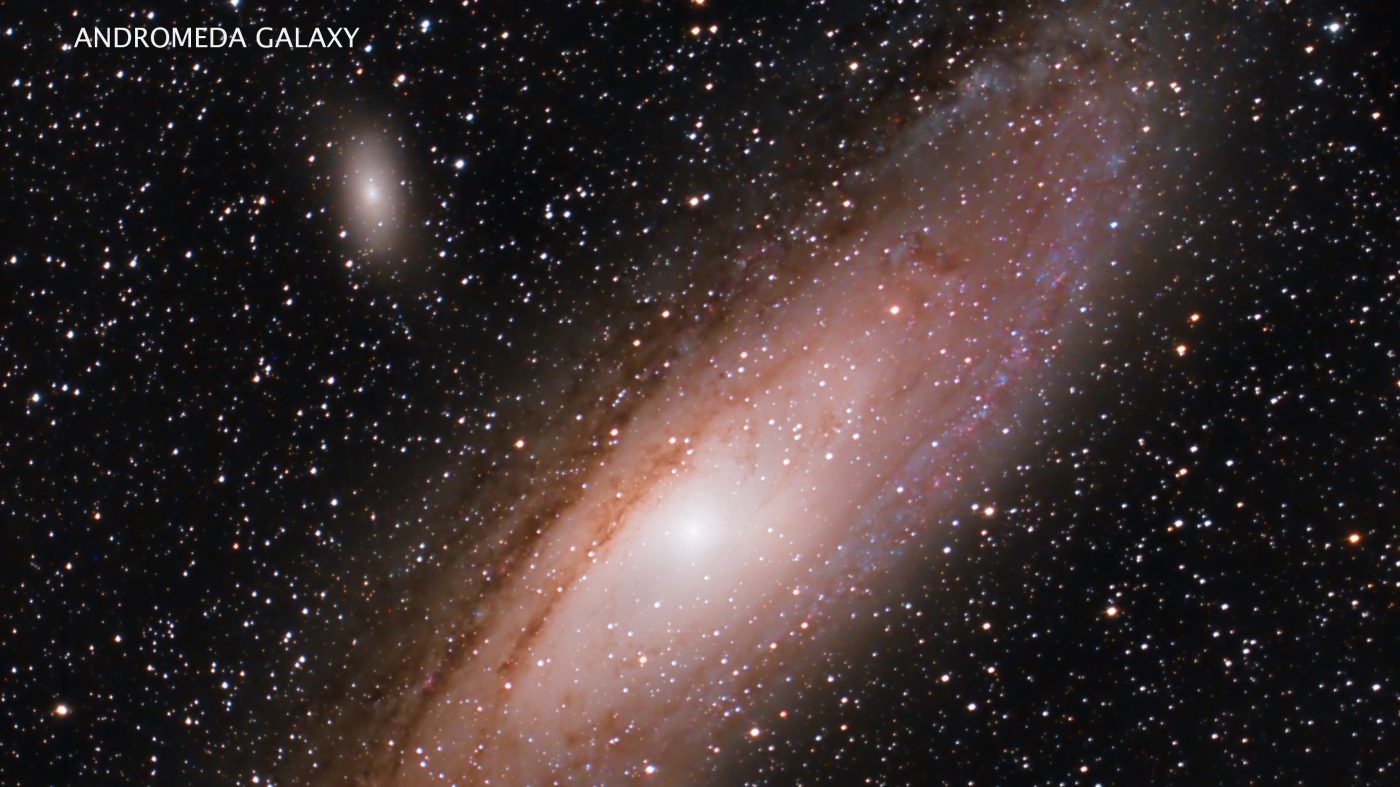
Skywatch: The delightful celestial dolphin
I just love the little constellation Delphinus the Dolphin, and I hope you fall in love with it too. It’s among the smallest constellations seen from Earth. When most people think of constellations, they think of dot-to-dot pictures made by stars. The vast majority of constellations, however, don’t measure up to this. The little celestial dolphin is a pleasant exception.
Delphinus is a simple little constellation and easy to find, even in areas of moderate light pollution. It’s certainly not the brightest, but it’s distinct and in a tight little group. In the early evening, as soon as it’s dark, look for Delphinus in the southern sky. All there is to Delphinus are four stars that make a little sideways diamond that outlines the dolphin’s body and another star to the lower right of the body that marks its tail.
(Mike Lynch)
If you’re still having problems locating it, an excellent tool for zeroing in on Delphinus is the use of the Summer Triangle, which is made up of three bright stars that are the brightest in their respective constellations. They’re the three brightest stars in the high southern sky. The star at the bottom of the summer triangle is Altair, the brightest shiner in the constellation Aquila the Eagle. Just to the left or east of Altair, with a bit of visual digging, you’ll see Delphinus swimming in the heavenly sea.
Like most constellations, different cultures have different stories about what they see. Even the same culture can have multiple stories. That makes sense since these stories are spread by word of mouth. Most stories I’m familiar with have Delphinus as a dolphin or porpoise. One of the earliest stories of Delphinus as a dolphin comes from a Southeast Asia Hindu tale. Some think that the Greeks “borrowed” that interpretation from the Hindus.
One of the best Greek stories involves Arion, a rock star of his time. He was out on a concert tour, winning the hearts of all who heard him and making a lot of money. He didn’t have the best security, though. After every concert, he would throw all the money he earned from the gig into a big burlap sack, throw it over his shoulder, and head out to the next town. His lackadaisical system eventually got him into a lot of trouble.
He had just finished a concert in Sicily and hired a boat and crew to take him back to Corinth on the Greek mainland. His crew he had hired turned out to be a bunch of pirates who were out to plunder. Before revealing their true identity, they would wait until the boat was well out to sea. Their evil plan was to have Arion walk the plank to meet his death. Afterward, the pirates planned to sail on to Corinth and claim that Arion accidentally fell overboard. Then, they could legally claim the musician’s loot. I don’t think that law is still on the books
Everything proceeded as planned, at least to start with. Arion was on the plank, pleading for his life. There was no way those pirates were going to let Arion live. The rock star figured this was the end. Before his appointment with death, he persuaded the crooked captain to let him play his harp and sing one more time. Arion gave it all he got and gave one of his most incredible performances. He was so good that it’s said that birds gathered from miles around to get a listen. Fish jumped out of the water with glee, and dolphins surrounded the boat, leaping for joy!
Arion sang and performed an album-cut version that bought him a little more time. Eventually, though, his voice gave out, and he figured it was all over. He jumped into the ocean, but death was not waiting for him because one of the dolphins hoisted Arion on his back and sped him safely to Corinth on the mainland. The pirates had no idea where Arion and the dolphin swam off to, so they were surprised when they pulled into the port of Corinth and were met by Arion and the local cops. A music-loving hero dolphin saved the day!
The gods and goddesses of Mount Olympus, who were also fans of Arion, were so impressed by this dolphin that upon the swimming mammal’s passing, they placed his body in the stars as the constellation we see in the heavenly sea.
Celestial happenings this week
Saturn reaches its closest approach to Earth this year, about 805 million miles. Believe it or not, that’s considered close for Saturn. The ringed wonder of our solar system is available all night long, rising in the east at sunset and setting in the west at sunrise. You can’t miss it rising in the east. It’s the brightest star-like object in that part of the night sky. Stay tuned to Skywatch for much more on Saturn in the coming weeks.
Mike Lynch is an amateur astronomer and retired broadcast meteorologist for WCCO Radio in Minneapolis/St. Paul. He is the author of “Stars: a Month by Month Tour of the Constellations,” published by Adventure Publications and available at bookstores and adventurepublications.net. Mike is available for private star parties. You can contact him at mikewlynch@comcast.net.
Related Articles
Skywatch: Summer stars hanging in there with Saturn on the rise
Skywatch: Celestial eagle soars high in the sky
Skywatch: Get a stellar start to your day
Skywatch: Perseid meteor pleasure
Skywatch: Cat’s eyes of the summer skies


